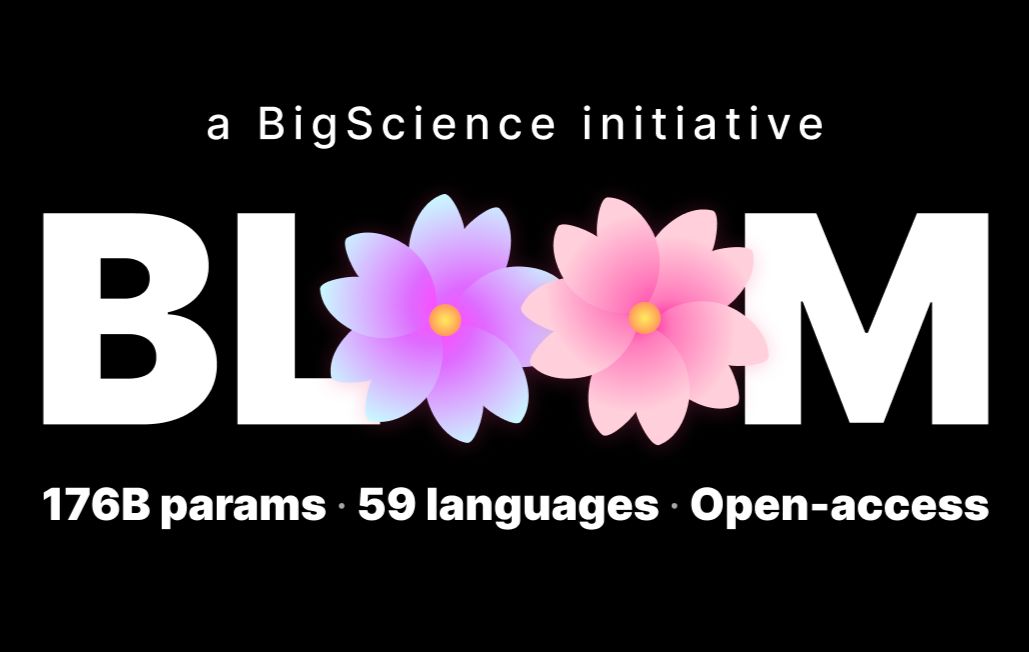In this article we are looking at 5 practical tips for everyday prompt engineering use cases with GPT-3 or other similar LLM. I think these 5 tips could save you a lot of time in just simple everyday tasks.
Read more to find out, or watch the YouTube video.
YouTube:
5 Practical Tips for GPT-3 or other LLM`s
Let’s just dive straight into these 5 practical tips a have created to help you save time and increase productivity on just simple everyday tasks like sending e-mail and reading news.
1. Completing steps / list with the Insert function from GPT-3
A great use case for GPT-3 is to use the Insert function to complete lists or steps when writing content. Chose the mode Insert and use the following prompt styles:
1.Introduction
[insert]
6. Conclusion
——————————————————————————
The following are adjective to describe different types of renders:
1.Octane Render
[insert]
8. Blender
In these examples GPT-3 will fill inn the blanks between the numbered lists.
One final results might be:
1. Introduction
2. The basics of creating wealth
3. The psychology of wealth
4. The attitudes and habits of wealthy people
5. The role of luck in wealth creation
6. Conclusion
Here we can see that step 2. to 4. is now completed

2.Format a text into a email
Another great way to use GPT-3 is to format a text or article you have just read into a summarized email that you can share with your friends.
Just copy the text from the article and paste it into the playground.
Use this prompt to get a summarized ready to go email like this:
Hello,
If you’re interested in image AI, you may want to check out Stable Diffusion. It’s a powerful open-source image AI that competes with OpenAI’s DALL-E 2, but it’s cheaper to train. You can download the model for free from Github and run it locally on a compatible graphics card. Or, for $12, you can access it via a web interface.
Thanks,
All About AI
This prompt engineering technique will save you and your friends time, but still get the most out of the article.
3. Use GPT-3 as a search engine that you can do follow up questions with.
A way I like to use GPT-3 or other LLM`s is to use them like a search engine. Unlike Google you can follow up with more questions from your search query to get more in depth knowledge.
Lets look at one example of this:
When did world war 2 end?
1945
What date?
September 2, 1945
How did the war come to an end?
The war came to an end when the United States dropped atomic bombs on the Japanese cities of Hiroshima and Nagasaki.
Atomic bombs?
Yes, the United States developed and used atomic bombs during the war.
How many people died from the bomb?
Approximately 200,000 people died from the atomic bombs.
As you can see it is very easy to do follow up questions and get more answers in a shorter time than Google. But always remember to fact check your answers.

4. Get good key takeaways from a article or text
One great tip is to use GPT-3 or similar large language models to extract key takeaways from a text or an article you don’t have time to fully read.
Let’s look at the prompt and one example of this:
Write a list of the key takeaways from the following text:
-The idea for Daraz came from wanting to build something inspired by Amazon and Alibaba, with e-commerce marketplace, logistics, and payment infrastructure components.
-In 2018, three years after the Daraz launch, it was bought by Alibaba in an undisclosed deal.
-Daraz is now operating in Pakistan, Bangladesh, Sri Lanka, Nepal and Myanmar, serving 40 million active customers, the company claimed.
-Mikkelsen loves e-commerce because it is a fair equalizer, providing the same opportunity to sell and access to quality service regardless of gender, location, etc.
Here you can see that instead of reading the full article, you can get at least 80% of the key information by using this prompt engineering technique.
5. Using the Insert feature on a e-mail, some posts or other texts:
The second use case for the Insert function is to add more relevant content to an email, SoMe post or another type of text.
Let’s say you have your email ready to go, but you feel it is missing some context. Use the Insert mode and this prompt style;
Hello,
If you’re interested in image AI, you may want to check out Stable Diffusion[Insert]. It’s a powerful open-source image AI that competes with OpenAI’s DALL-E 2, but it’s cheaper to train. You can download the model for free from Github and run it locally on a compatible graphics card. Or, for $12, you can access it via a web interface.
Thanks,
All About AI
Here I have placed the [Insert] behind to word stable diffusion to try to get some more context about that sentence.
This is a very powerful technique to create more related content to whatever you are writing with GPT-3.
Summary
These are hopefully five practical tips that can help you save time and increase productivity when using GPT-3 or other large language models.
By using the Insert function, you can complete lists or steps when writing content, format a text into a email, use GPT-3 as a search engine, get good key takeaways from a text, and add more relevant content to an email.
Good luck with your prompt engineering.


